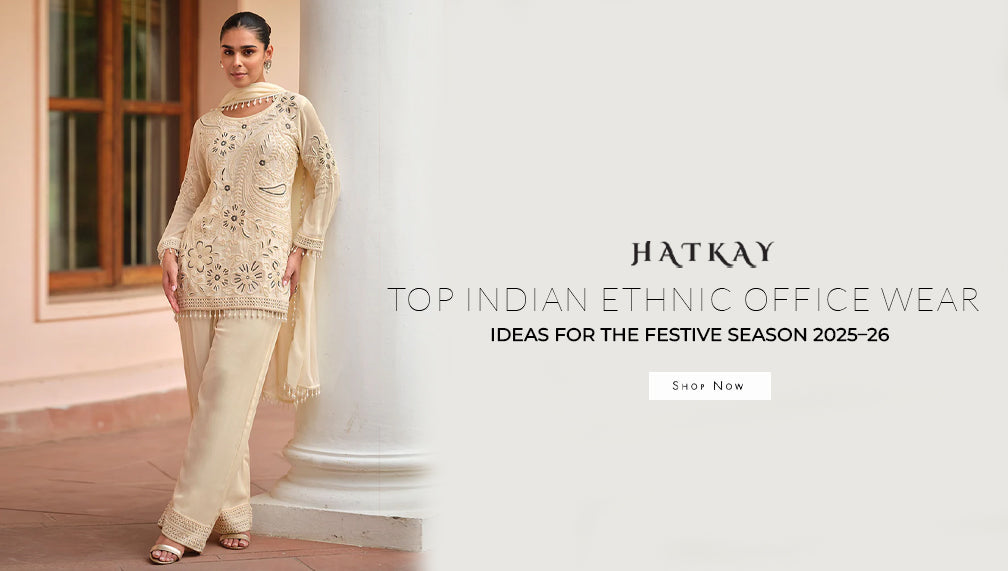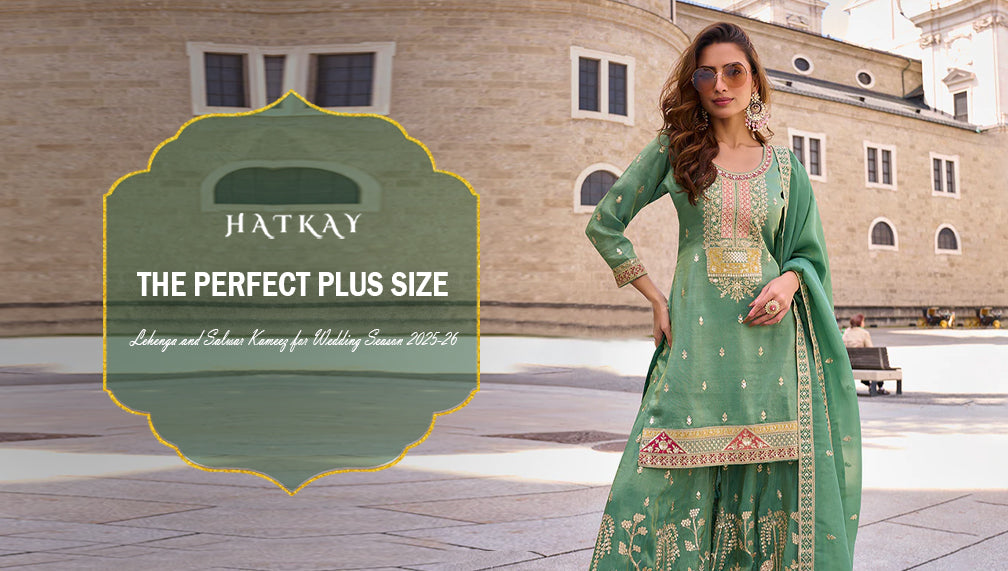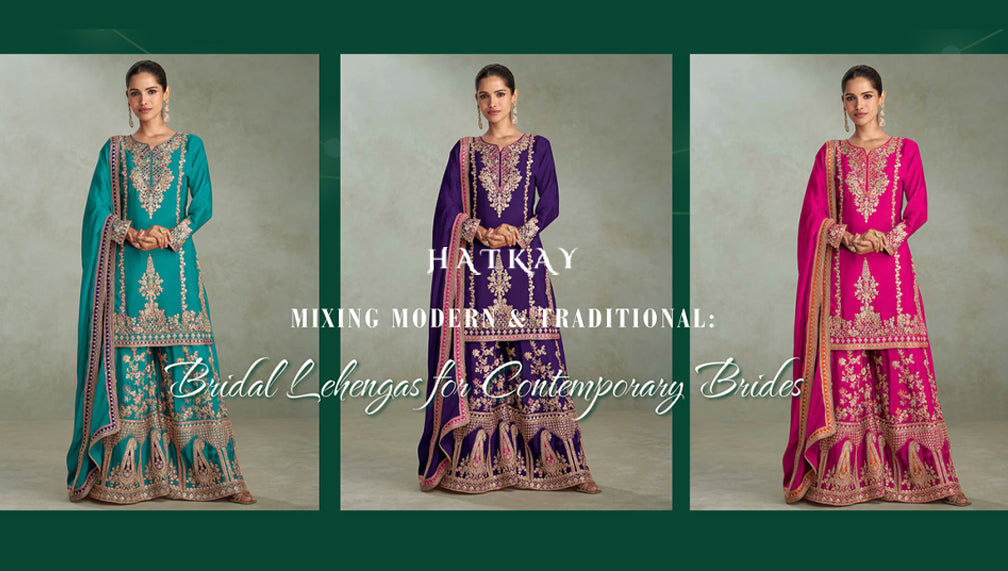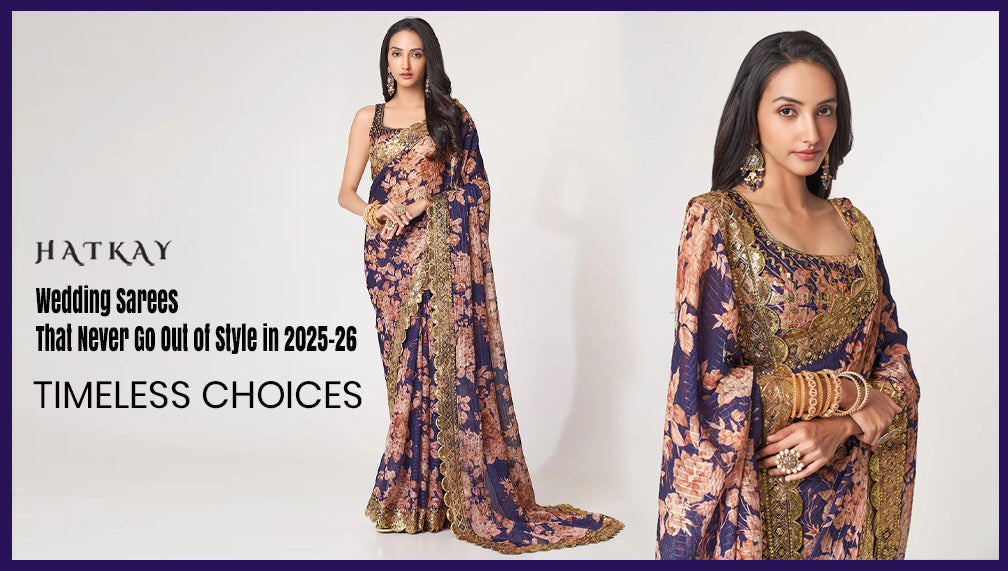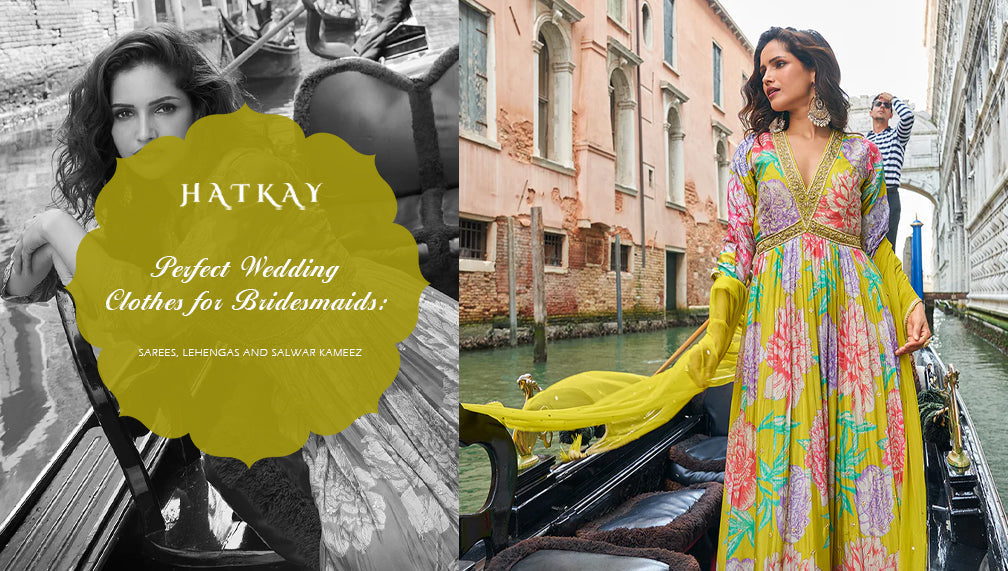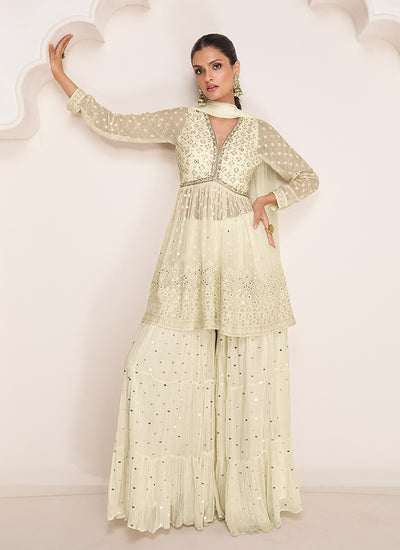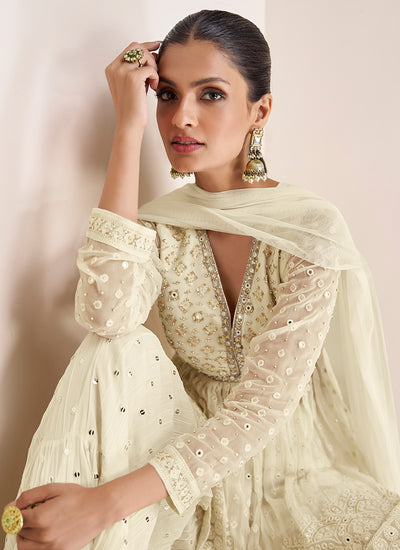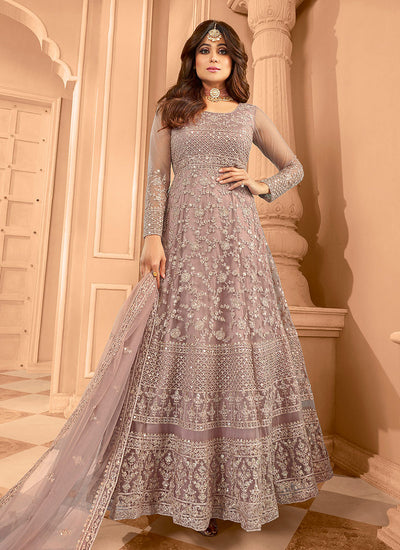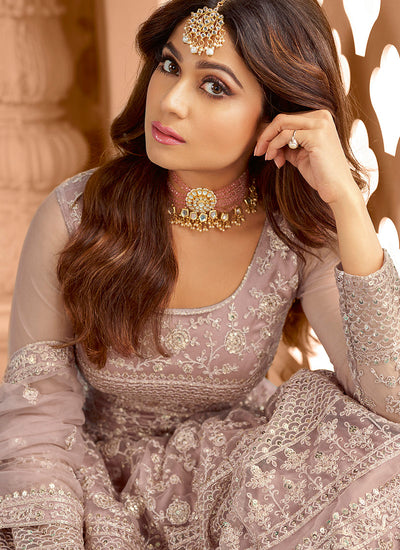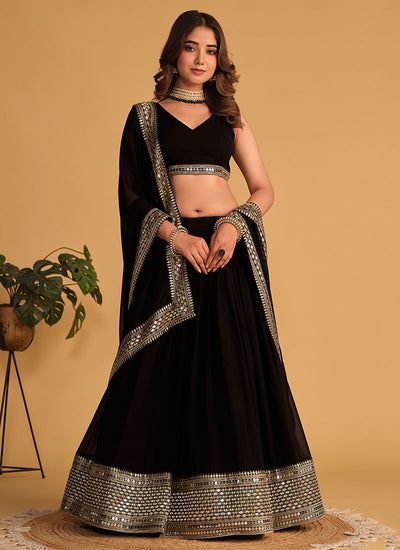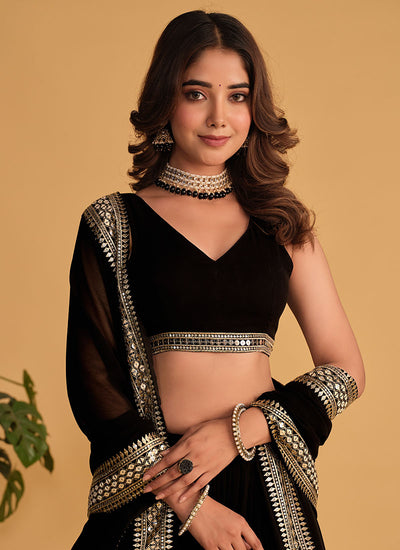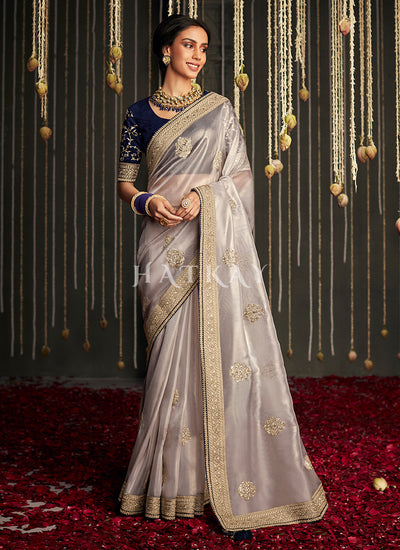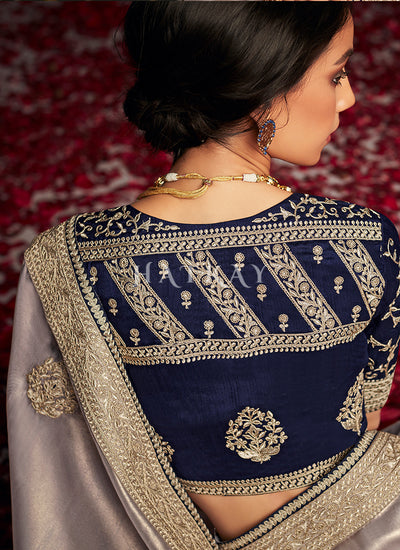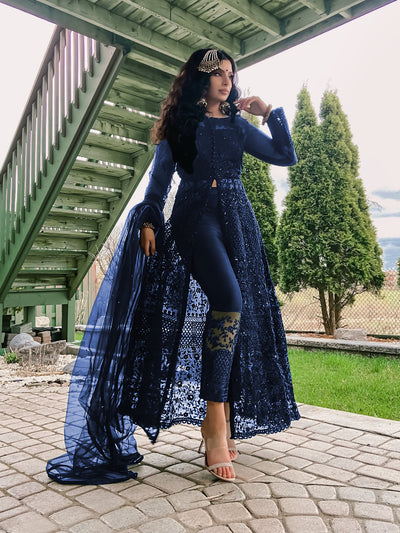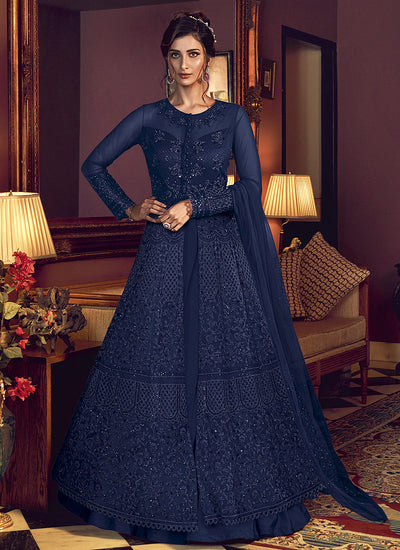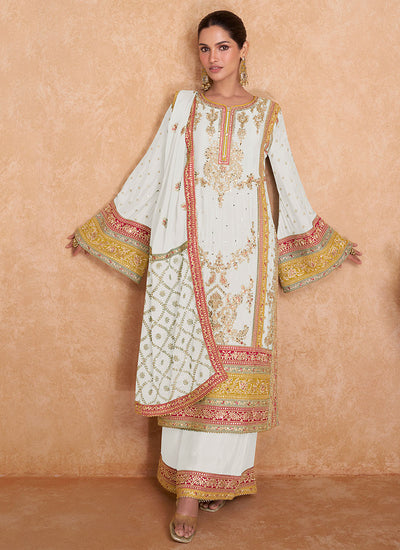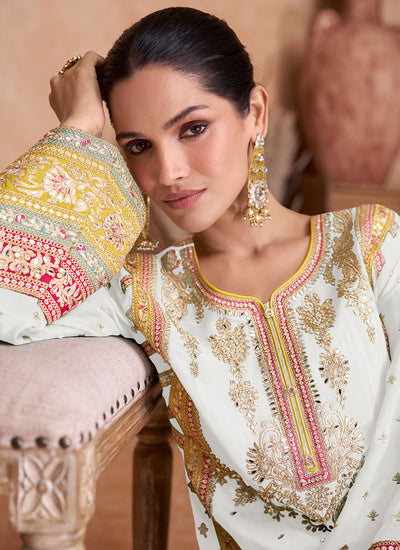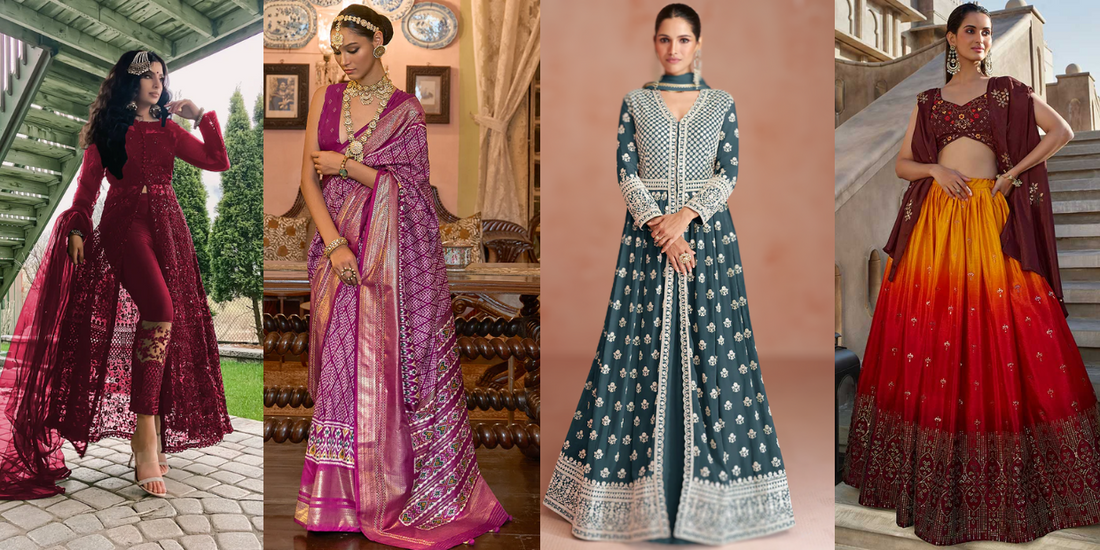
Unveiling the Beauty and Diversity of Indian Ethnic Wear
India, with its rich cultural heritage and vibrant traditions, boasts a kaleidoscope of ethnic wear that reflects the country's diversity. Indian ethnic wear encompasses a wide range of clothing styles, each carrying its own unique charm and significance. From the regal sarees to the elegant salwar kameez, and from the ornate lehengas to the graceful sherwanis, these traditional garments hold a special place in the hearts of both Indians and admirers around the world. In this article, we delve into the captivating world of Indian ethnic wear, exploring its origins, popular styles, and the cultural significance they hold.
1. The Origins and Evolution of Indian Ethnic Wear:
Indian ethnic wear finds its roots in the ancient civilization of the Indus Valley, where evidence of draped garments and ornamental jewelry has been unearthed. Over time, various external influences, including the Mughals, British, and Portuguese, have shaped and transformed traditional Indian attire. The saree, one of the oldest surviving garments in the world, exemplifies this evolution, with different regions of India showcasing their unique draping styles, fabrics, and embroidery techniques.
2. Timeless Elegance: The Saree:
The saree, a six to nine yards long drape, is the epitome of grace and femininity. It is worn by women across India on various occasions, be it weddings, festivals, or formal events. The saree allows for immense creativity in terms of fabric choices, patterns, and embellishments. From the vibrant Banarasi sarees of Uttar Pradesh to the delicate Kanjeevaram sarees of Tamil Nadu, each region in India has its own signature style. Intricate zari work, exquisite embroidery, and hand-painted motifs further enhance the beauty of these sarees, making them coveted pieces of art.
3. Versatility and Charm: Salwar Kameez:
The salwar kameez, consisting of a long tunic (kameez) paired with loose-fitting trousers (salwar), is a popular choice for both casual and formal wear in India. This ensemble offers comfort, versatility, and a touch of elegance. With a myriad of necklines, sleeve lengths, and silhouettes, the salwar kameez caters to different body types and personal styles. It is often embellished with intricate threadwork, mirror work, or sequins, lending it a festive and eye-catching appeal.
4. The Majestic Lehenga Choli:
The lehenga choli is a traditional bridal attire that exudes grandeur and opulence. It comprises a flared skirt (lehenga), a fitted blouse (choli), and a dupatta (scarf). Embellished with intricate embroidery, beadwork, and stones, the lehenga choli showcases the rich craftsmanship of Indian artisans. Each region adds its own flair to this ensemble, such as the vibrant mirror work of Gujarat or the regal zardozi work of Lucknow. The lehenga choli is a testament to the enduring beauty of Indian craftsmanship.
5. Majestic Attire for Men: Sherwani and Kurta Pyjama:
Indian ethnic wear is not limited to women; men also have their own splendid ensembles. The sherwani, a long coat-like garment, is a popular choice for weddings and formal occasions. It is often adorned with intricate embroidery and paired with a churidar (fitted trousers) or a dhoti (traditional wrap). The kurta pyjama ensemble, consisting of a knee-length tunic (kurta) and loose-fitting trousers (pyjama), is a versatile and comfortable outfit for men. It can be worn for both casual and semi-formal events, and it is often crafted from fabrics like silk, cotton, or linen. The kurta pyjama may feature subtle embellishments or intricate patterns, showcasing the rich heritage of Indian textiles.
6. Regional Diversity in Ethnic Wear:
India's vast geographical and cultural diversity is reflected in its ethnic wear. Each region boasts its own unique styles and techniques. For example, the Bandhani and Patola sarees of Gujarat are renowned for their tie-dye and intricate weaving methods, respectively. Rajasthan is famous for its vibrant leheriya and block-printed sarees. South India is known for its exquisite Kanjeevaram silk sarees and Kasavu sarees from Kerala, characterized by their golden borders. The eastern state of West Bengal takes pride in its handwoven Baluchari and Kantha sarees, adorned with intricate motifs. The northeastern states showcase a rich array of indigenous textiles, such as the Muga silk from Assam and the Puanchei shawls from Mizoram.
7. Contemporary Trends and Global Influence:
Indian ethnic wear has witnessed a fusion of traditional and contemporary elements in recent years. Designers have experimented with innovative cuts, fabrics, and embellishments, giving rise to Indo-Western fusion attire. Western influences, such as gown-style sarees and floor-length anarkalis, have gained popularity among modern Indian women. Additionally, Indian ethnic wear has garnered international recognition, with celebrities and fashion enthusiasts embracing its beauty on red carpets and global platforms.
8. Reviving Handloom and Sustainable Fashion:
Indian ethnic wear holds a special place in the sustainable fashion movement. Handloom fabrics, crafted using traditional techniques, have gained prominence due to their eco-friendly nature and support for local artisans. Organizations and designers are actively promoting the revival of handloom traditions, preserving the cultural heritage and empowering communities. By choosing handloom garments, individuals contribute to sustainable fashion practices and the preservation of centuries-old craftsmanship.
Conclusion:
Indian ethnic wear is a tapestry of traditions, colors, and craftsmanship. From the timeless saree to the regal lehenga choli, each garment tells a story of cultural heritage and artistry. The diverse regional styles and techniques showcase the country's rich tapestry of traditions. With the influence of contemporary trends and global recognition, Indian ethnic wear continues to evolve while maintaining its essence. By embracing Indian ethnic wear, we not only celebrate the beauty of fashion but also contribute to the preservation of cultural identity and sustainable fashion practices.






























